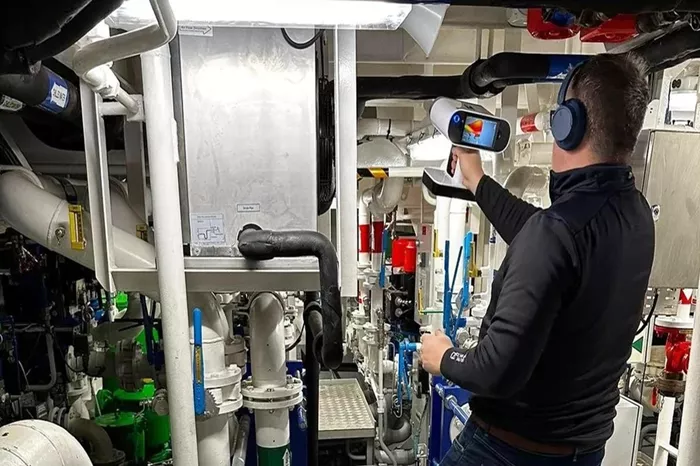By leveraging cutting-edge technology, maritime insurance processes are undergoing a transformative shift. Artyom Yukhin, CEO of Artec 3D, highlights that vessel inspections can now proceed without causing operational delays, thanks to the advent of advanced 3D scanning technology.
Artec 3D’s Leo 3D scanner is redefining vessel inspections by offering real-time data feedback, as seen in its application for digitizing engine rooms. This innovation not only enhances safety but also plays a crucial role in optimizing operational efficiency and securing comprehensive insurance coverage.
Marine insurance is indispensable for mitigating risks associated with cargo damage, vessel loss, and transportation mishaps. However, navigating the intricate landscape of hull, machinery, and protection and indemnity (P&I) policies presents substantial challenges. Insurers often mandate proof of meticulous maintenance and adherence to regulatory standards to ensure coverage, safeguarding shipowners against financial losses from unforeseen incidents.
Traditional inspection methods, involving manual measurements with tapes, lasers, and reference photos, are labor-intensive and time-consuming. These conventional approaches not only consume significant resources but also increase the risk of overlooking critical issues that could lead to costly problems.
Moreover, vessel inspections typically require ships to be docked, which disrupts ongoing operations. The challenge lies in balancing detailed inspections necessary for insurance compliance with the need to maintain efficient operations. The introduction of 3D scanning technology provides a streamlined solution, minimizing operational downtime while ensuring thorough documentation and compliance.






















